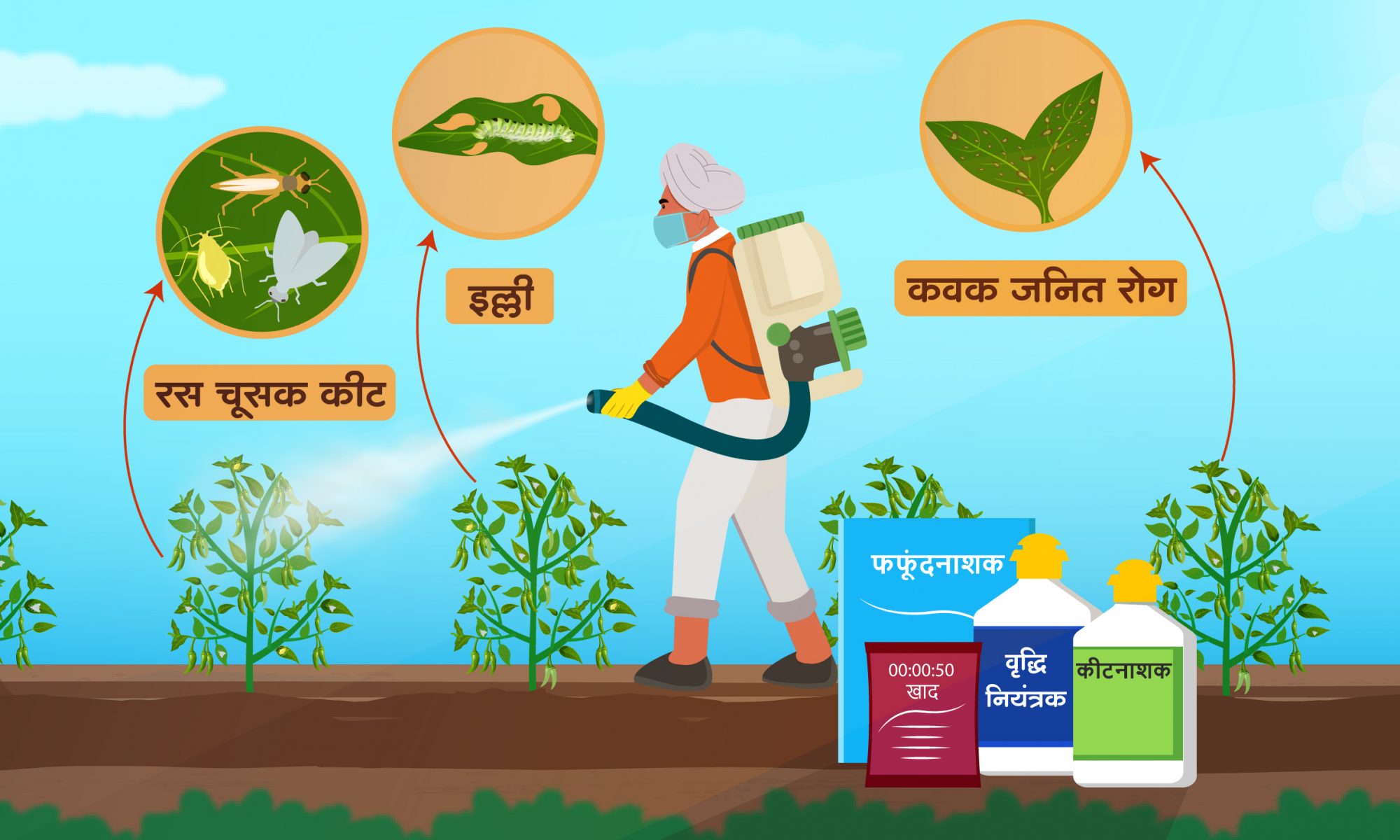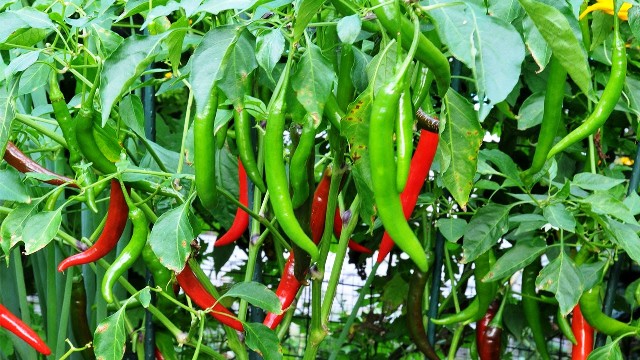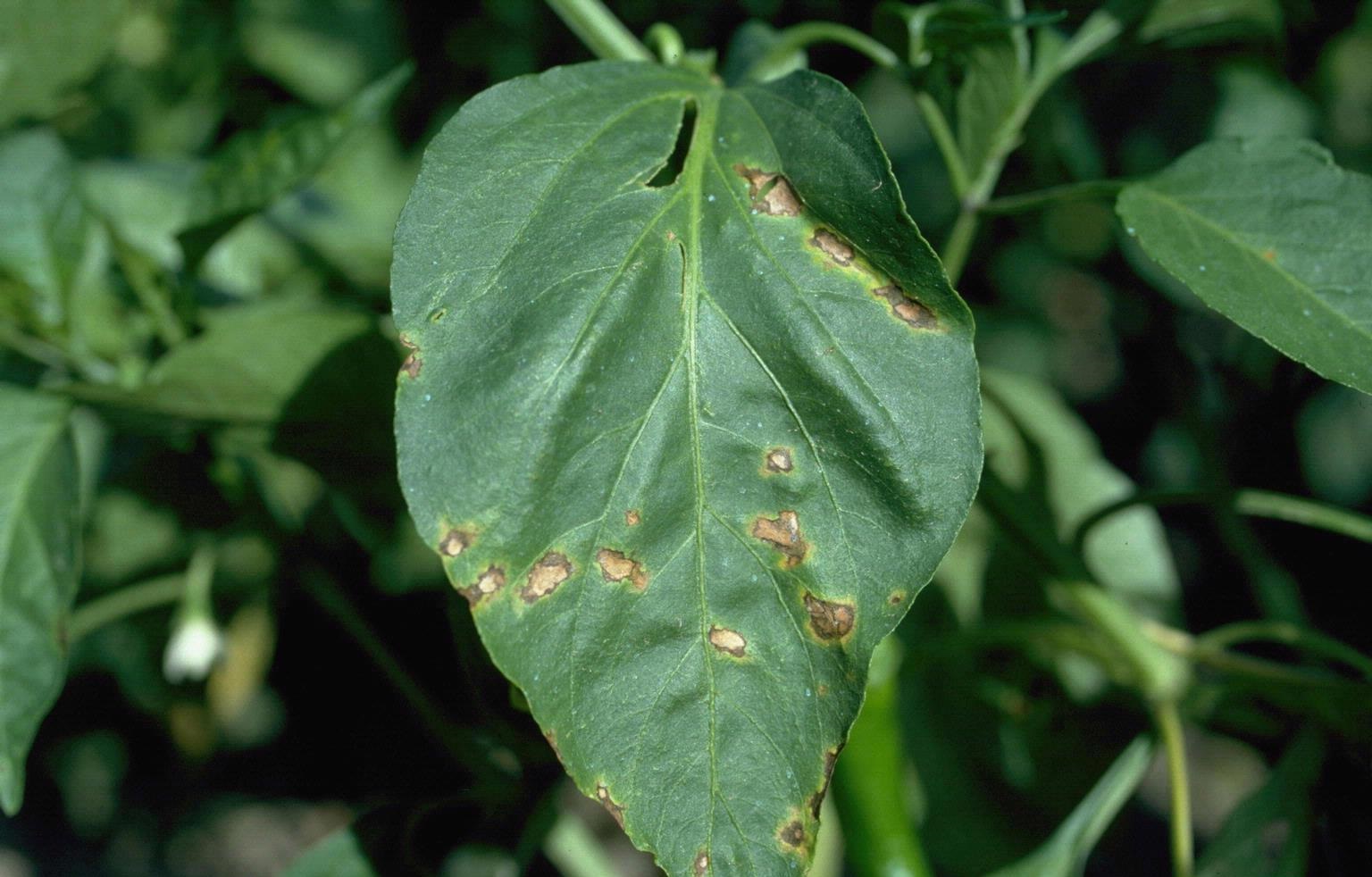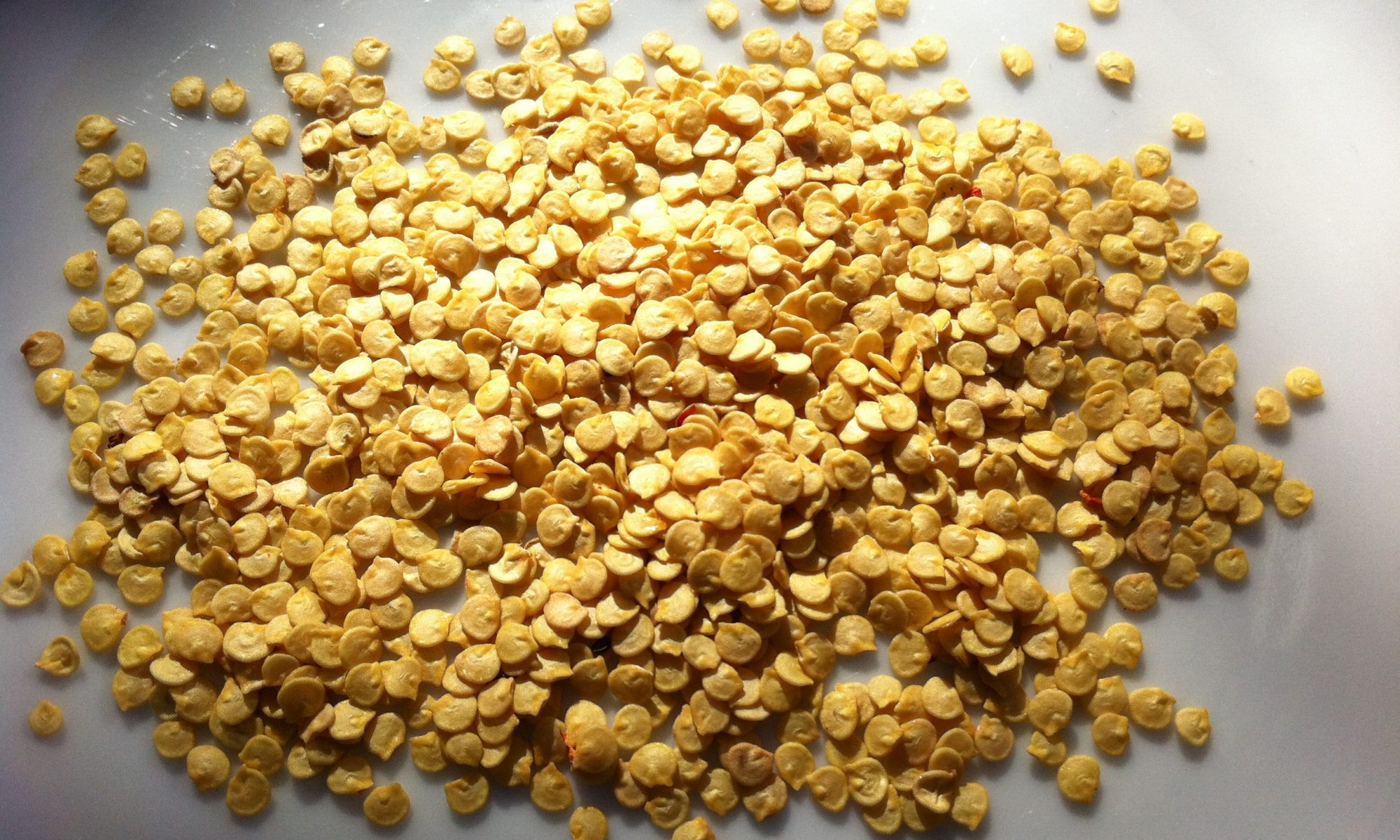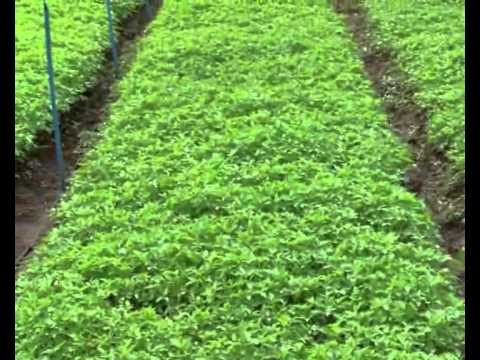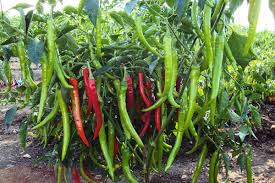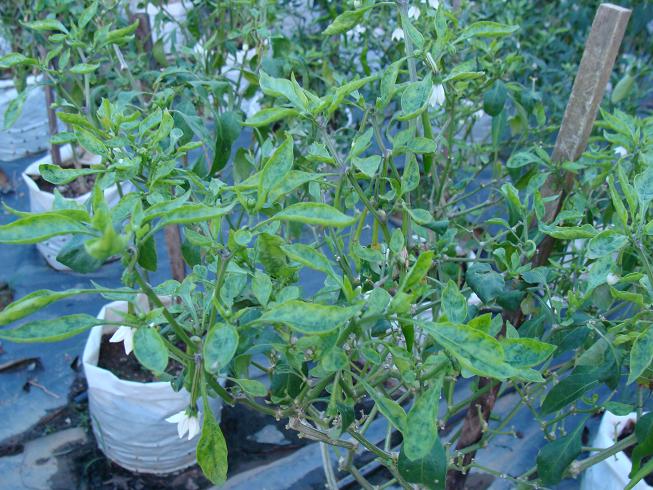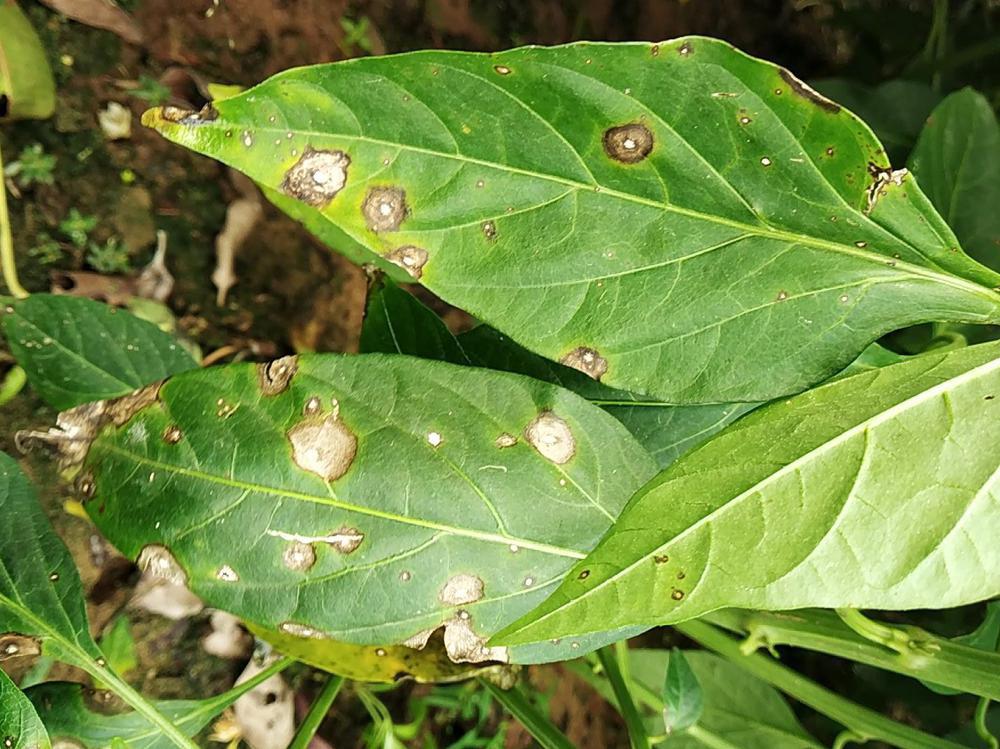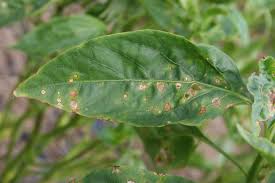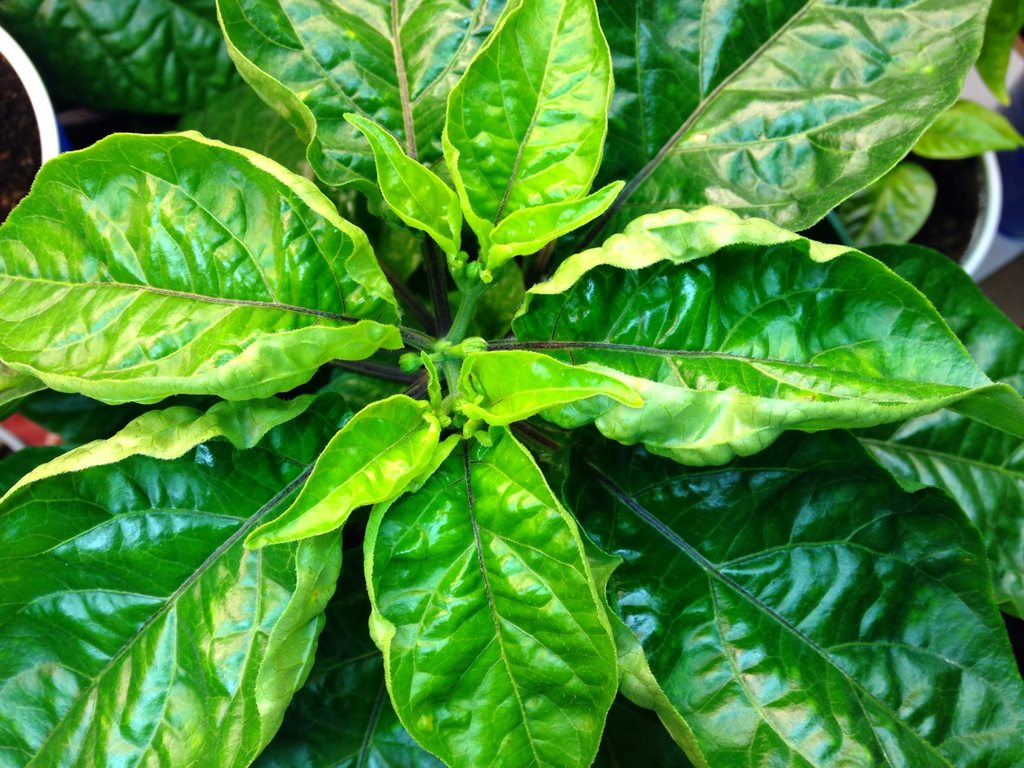Sucking pests like aphids, jassids, and thrips are the main problem of chilli crop. These pests damage by sucking plant sap from the green part of the plant so the leaves are wrinkled and premature defoliation. Infections of sucking pests can increase the likelihood of fungal and viral diseases.
Therefore, timely control of these insects is necessary: –
- Spray of Profenophos 50% EC @ 400 ml/acre. OR
- Spray of Acephate 75% SP @ 250 gm/acre. OR
- Spray of Lambda-cyhalothrin 4.9% CS @ 200-250 ml/acre. OR
- Spray of Fipronil 5% SC @ 300-350 ml/acre should be done. For More Information, Please call on toll-free no. 1800-315-7566.
Like and share with other farmers by clicking on the button below.
Share

